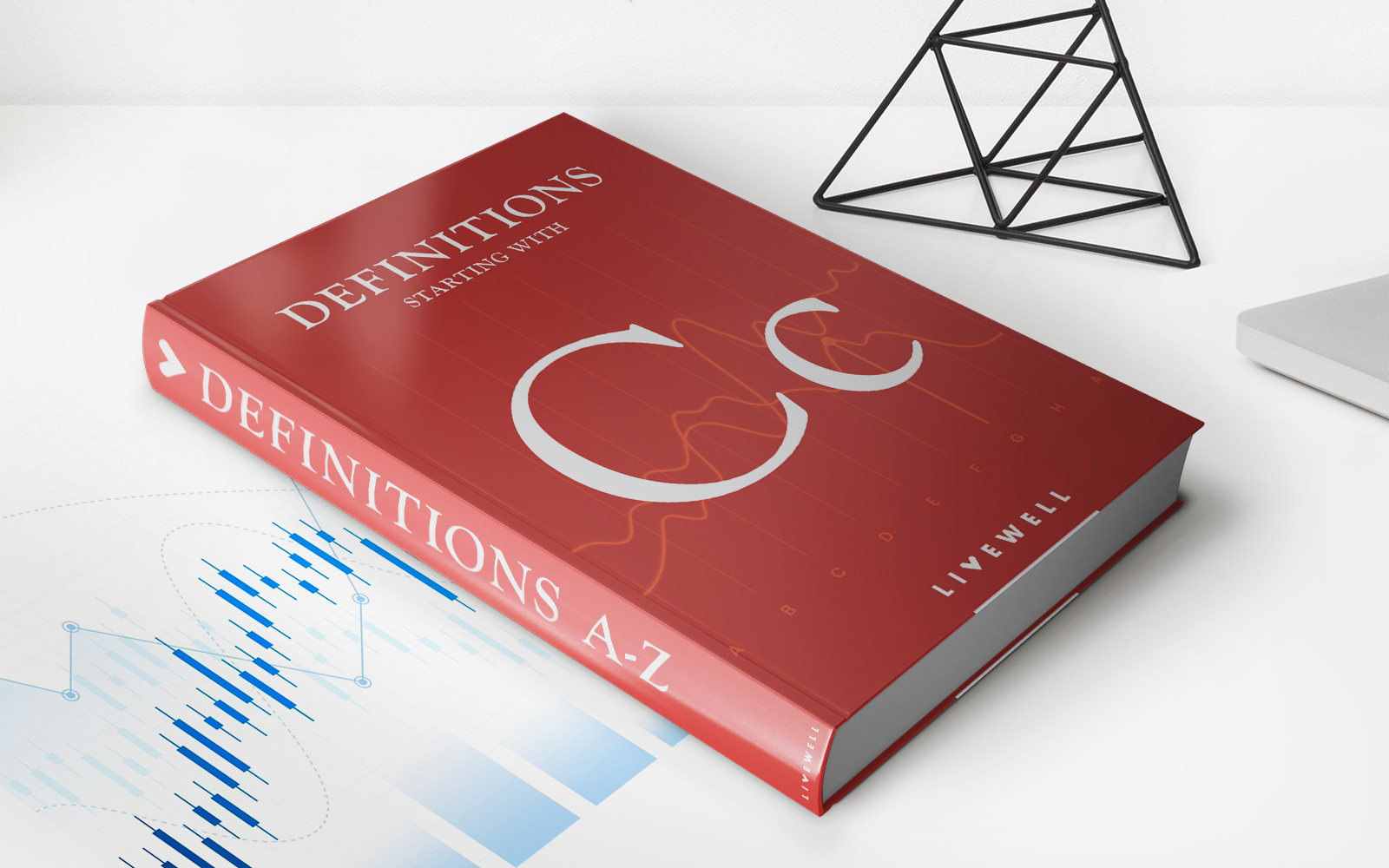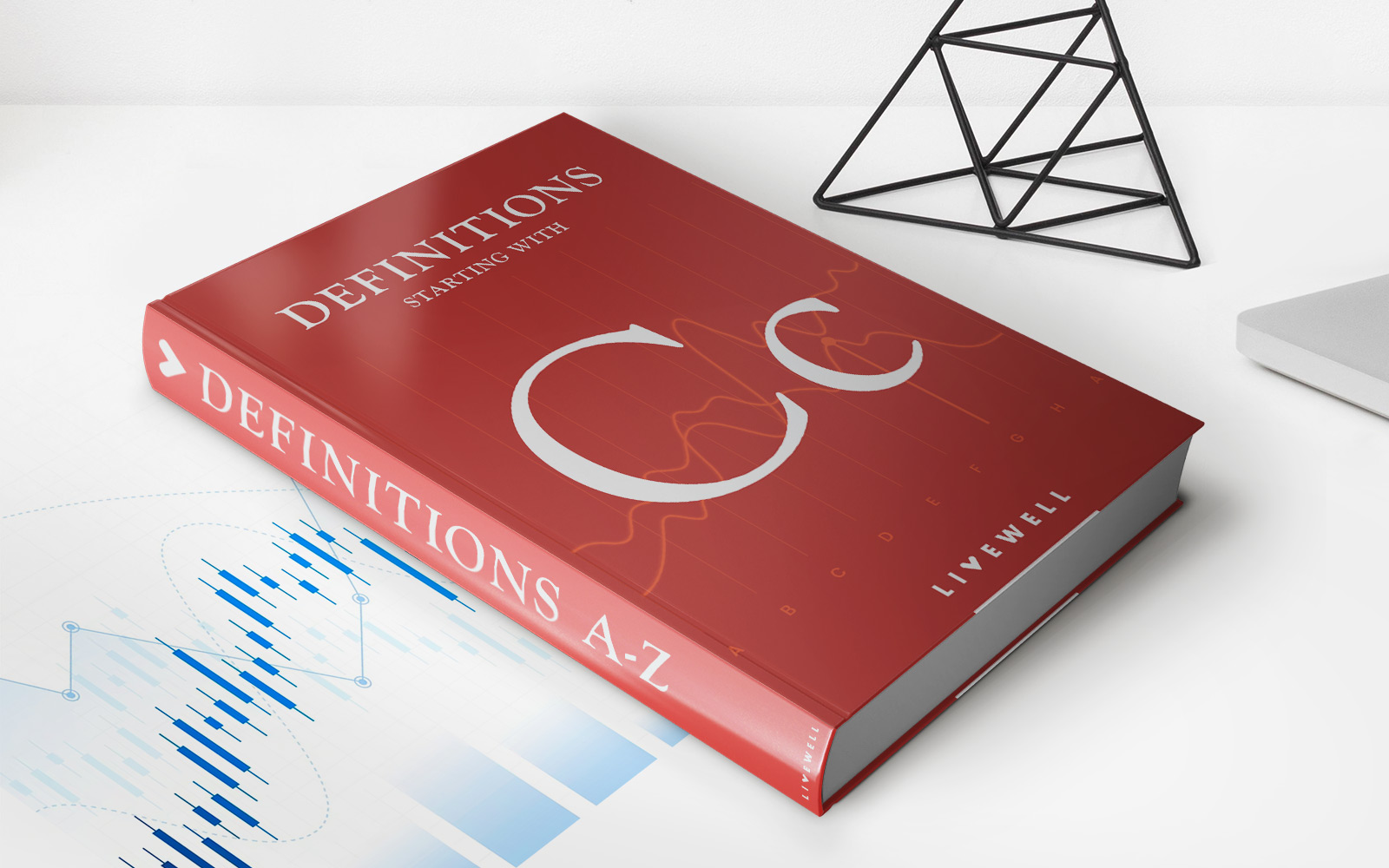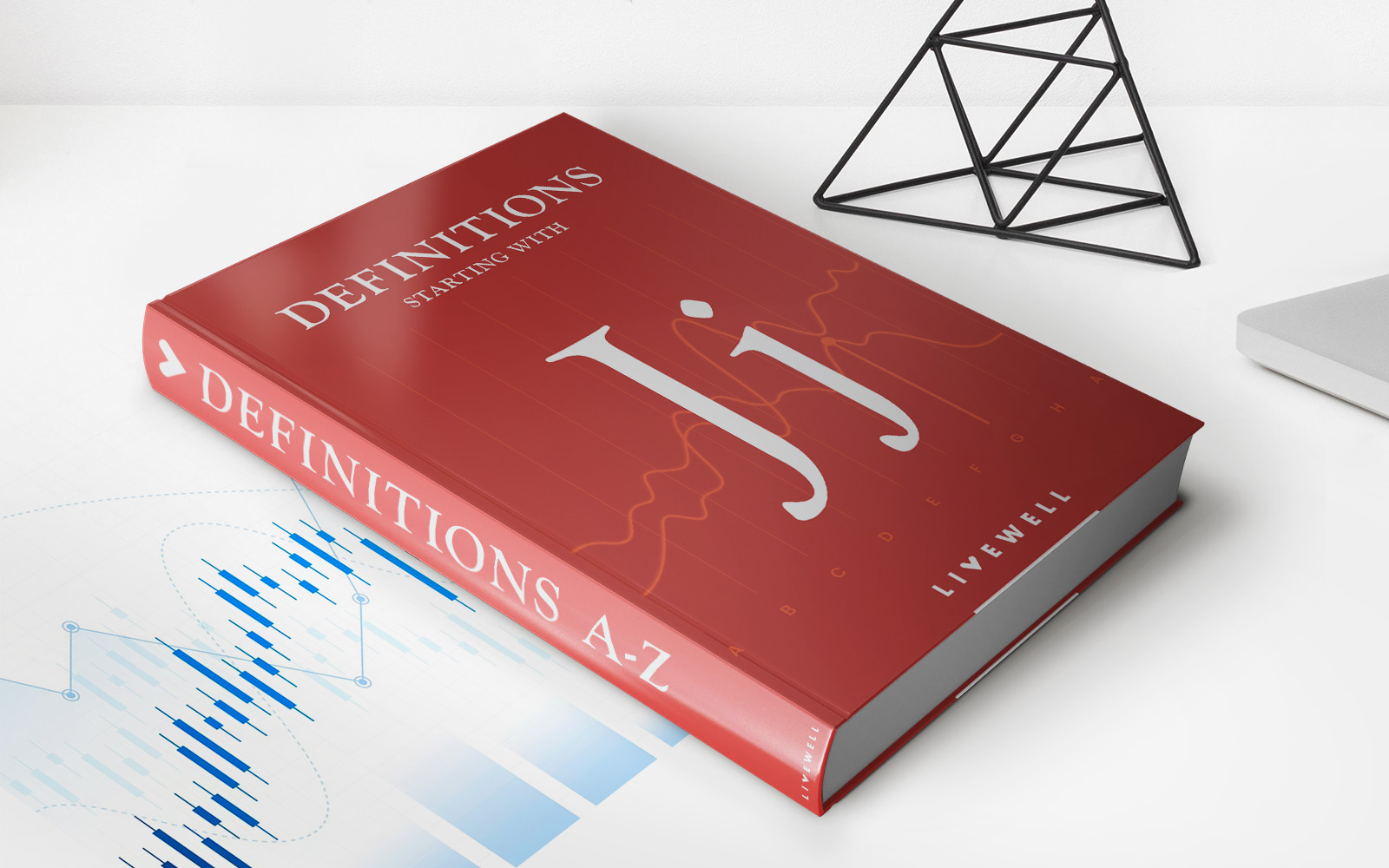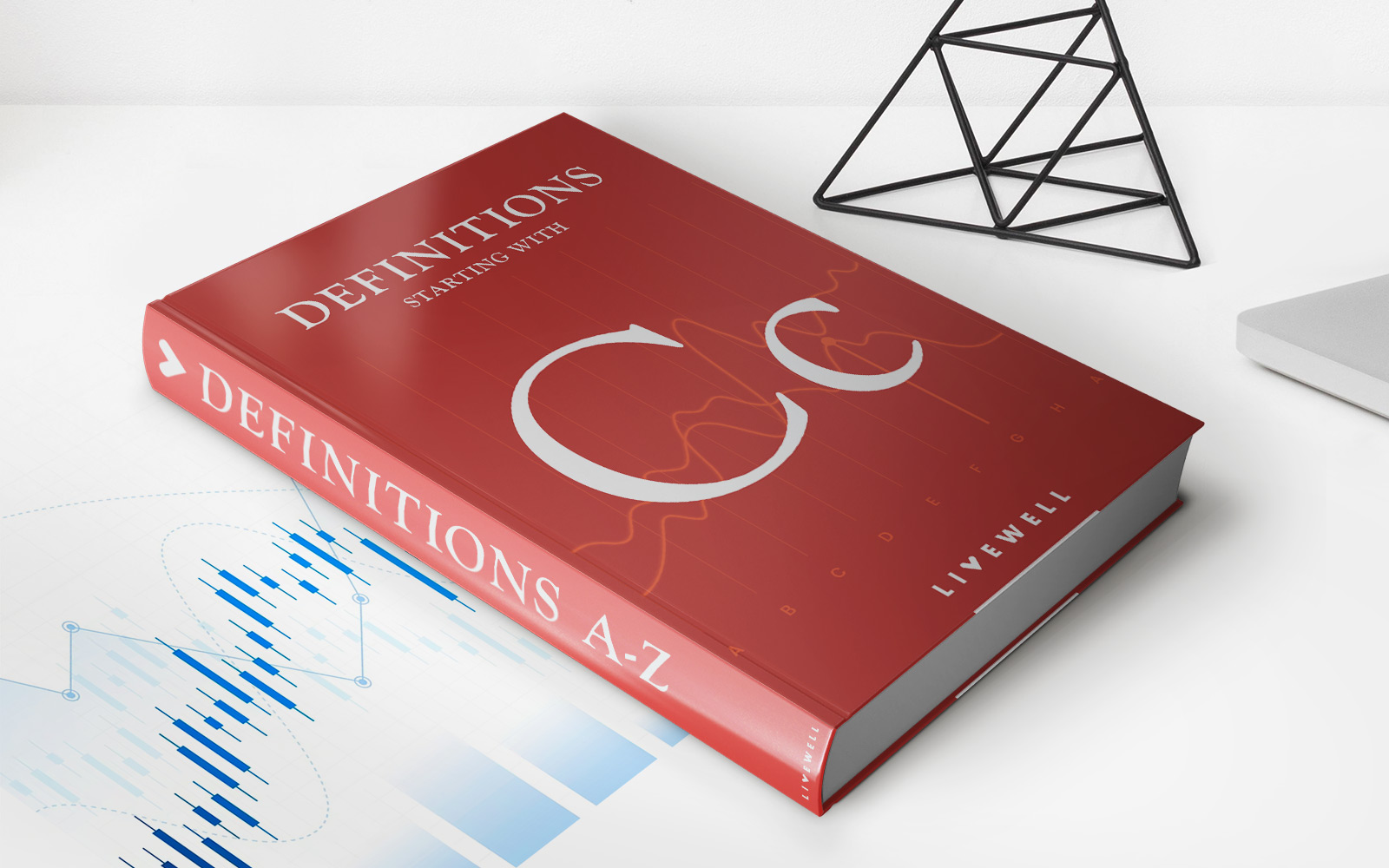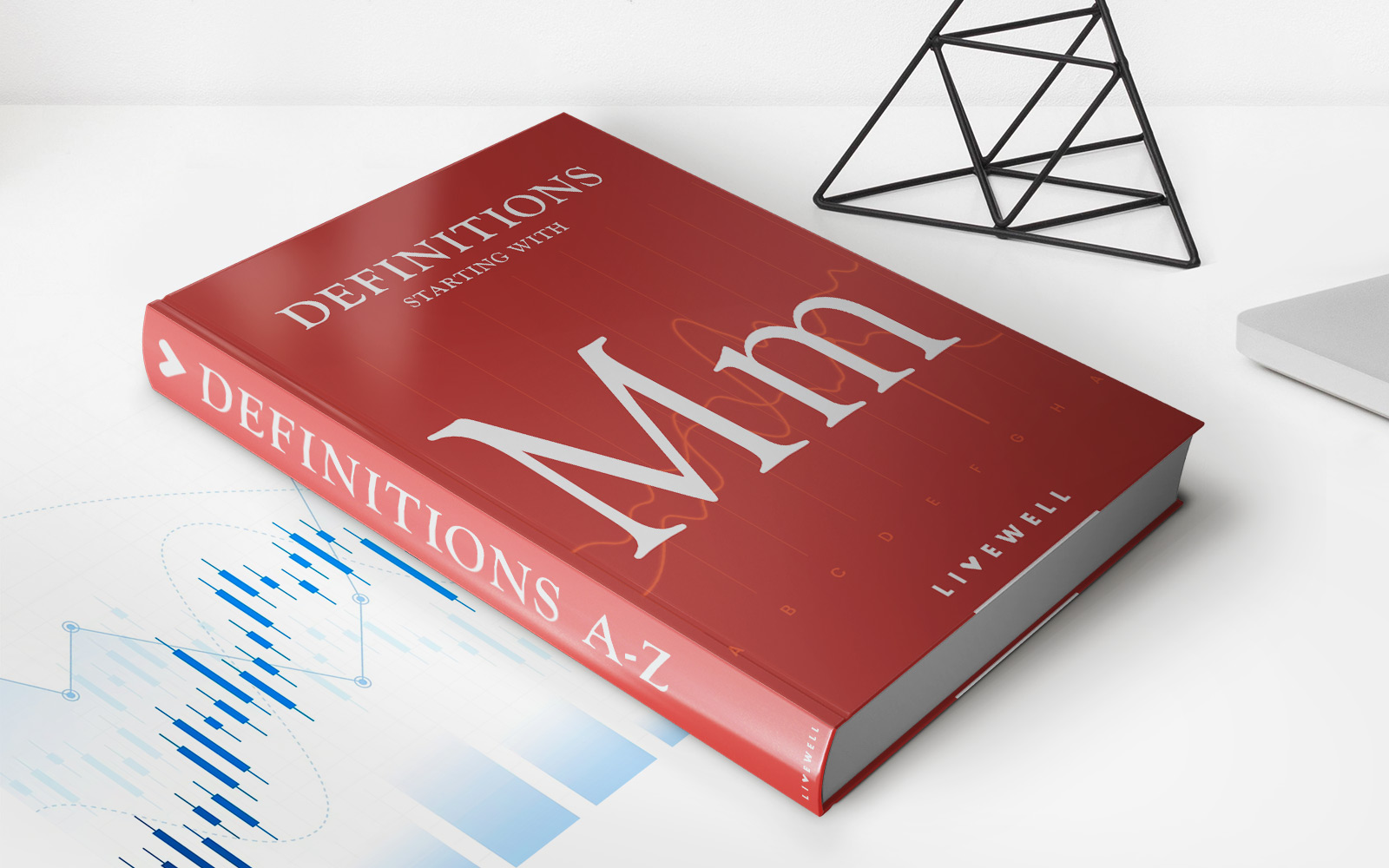Home>Finance>Reserve Requirements: Definition, History, And Example
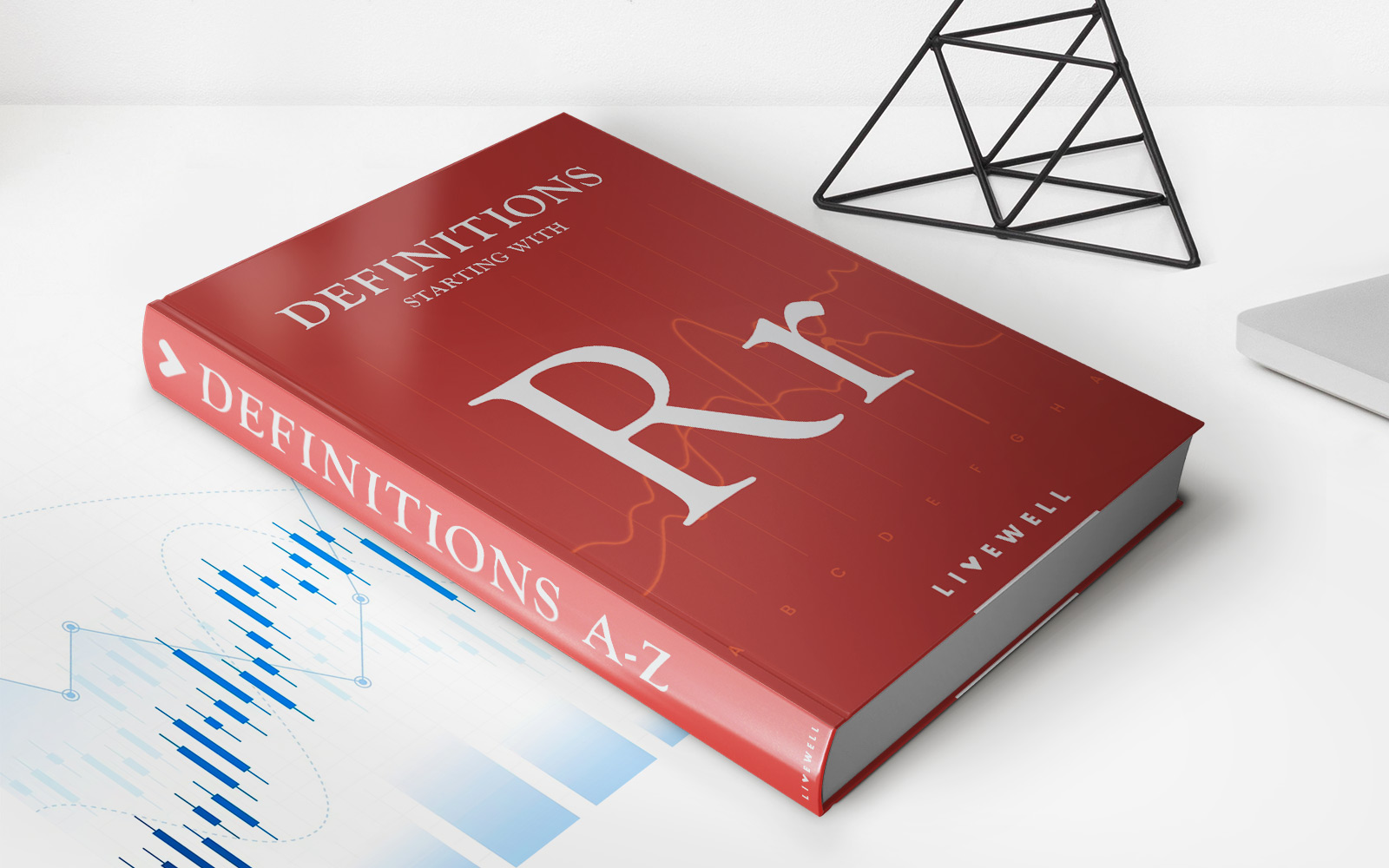

Finance
Reserve Requirements: Definition, History, And Example
Published: January 19, 2024
Learn about reserve requirements in finance, including its definition, historical background, and an example of its application. Understand how reserve requirements impact the banking sector and monetary policy.
(Many of the links in this article redirect to a specific reviewed product. Your purchase of these products through affiliate links helps to generate commission for LiveWell, at no extra cost. Learn more)
Understanding Reserve Requirements: Definition, History, and Example
Welcome to the world of finance, where complex concepts and economic strategies shape the way we manage our money. Today, we’ll dive into the topic of reserve requirements – a critical aspect of monetary policy that impacts both financial institutions and the broader economy. In this blog post, we’ll explore the definition, history, and provide an example to help demystify this important concept.
Key Takeaways:
- Reserve requirements are regulations imposed by central banks that determine the minimum amount of funds that financial institutions must hold in reserve against their deposits.
- These requirements serve as a tool utilized by central banks to manage liquidity and stabilize the financial system.
What are Reserve Requirements?
Reserve requirements, also known as reserve ratios or cash reserve ratios, refer to regulations enforced by central banks that determine the minimum percentage of their customers’ deposits that financial institutions must hold as reserves. These reserves act as a buffer to ensure banks can meet their obligations to depositors while also promoting stability within the banking system.
Central banks, such as the Federal Reserve in the United States, set the reserve requirements as part of their monetary policy objectives. The primary goals of reserve requirements include:
- Reducing the risk of bank failures and promoting financial stability
- Controlling inflation by managing the money supply
- Managing liquidity in the banking system
- Facilitating the smooth functioning of the payments system
A Brief History of Reserve Requirements
Reserve requirements have a long history dating back to the early 19th century when financial crises and bank failures were common. Initially, these requirements were implemented to ensure banks had enough liquid assets to honor customer withdrawals, thereby preventing bank runs.
Over time, reserve requirements evolved as a tool for central banks to manage liquidity and promote stability within the banking system. The levels of reserve requirements are adjusted based on economic conditions and monetary policy objectives. During periods of economic growth, reserve requirements may be lowered to increase liquidity and spur lending. Conversely, during times of inflation or financial instability, central banks may increase reserve requirements to control excessive lending and curb inflationary pressures.
An Example of Reserve Requirements
Let’s illustrate reserve requirements with a hypothetical example:
Imagine a country where the central bank sets a reserve requirement of 10%. Bank ABC, one of the major banks in the country, has total deposits from its customers amounting to $1 billion. According to the reserve requirement, Bank ABC must hold $100 million as reserves.
If Bank ABC doesn’t meet the reserve requirements, it may face penalties or limitations on its lending activities. Conversely, if Bank ABC holds reserves above the required amount, it has the option to lend the excess funds, potentially increasing economic activity.
By adjusting reserve requirements, central banks can influence the amount of money available for lending, affecting interest rates, inflation, and overall economic stability.
Exploring the World of Finance – Reserve Requirements
Understanding reserve requirements is essential for anyone looking to gain a deeper understanding of monetary policy and the role it plays in the economy. By requiring financial institutions to maintain a specific amount of funds as reserves, central banks can effectively manage liquidity, prevent bank failures, and control inflation. Next time you hear about reserve requirements, you’ll have a comprehensive knowledge of their definition, historical significance, and their impact on the financial system.

